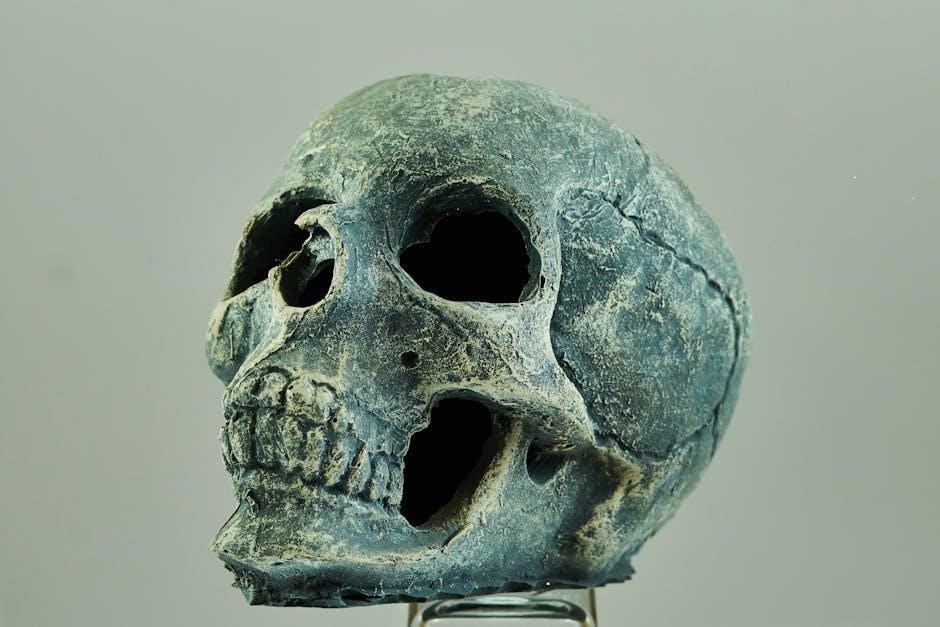Biology is the scientific study of life, exploring its characteristics, processes, and systems. It examines living organisms, their structure, function, growth, reproduction, and interactions with the environment.
1.1 Key Characteristics of Life
Life is characterized by several key features: organization into cells, reproduction, growth and development, response to stimuli, energy utilization, and maintenance of homeostasis. All living organisms exhibit these traits, which distinguish them from non-living matter. Organization into cells is fundamental, as cells are the basic structural and functional units of life. Reproduction ensures the continuation of species, while growth and development reflect the ability to increase in size and complexity. Response to stimuli highlights the capacity to interact with the environment. Energy is essential for sustaining life processes, and homeostasis allows organisms to maintain internal stability despite external changes. These characteristics collectively define life and are universally present in all living beings.
1.2 Biological Systems and Organization

Biological systems are organized hierarchically, from the simplest to the most complex. The basic levels of organization include cells, tissues, organs, and organ systems. Cells are the fundamental units of life, functioning as building blocks. Tissues are groups of similar cells performing specific tasks, such as muscle or epithelial tissue. Organs, like the heart or liver, consist of multiple tissues working together to achieve a common function. Organ systems, such as the digestive or circulatory system, integrate organs to maintain overall organismal function. This hierarchical organization allows for specialization and efficient interaction within an organism and its environment, enabling life to function cohesively at all levels.

Biochemistry Basics
Biochemistry examines the molecular basis of life, focusing on macromolecules like carbohydrates, proteins, lipids, and nucleic acids. Functional groups determine their chemical properties and biological roles.
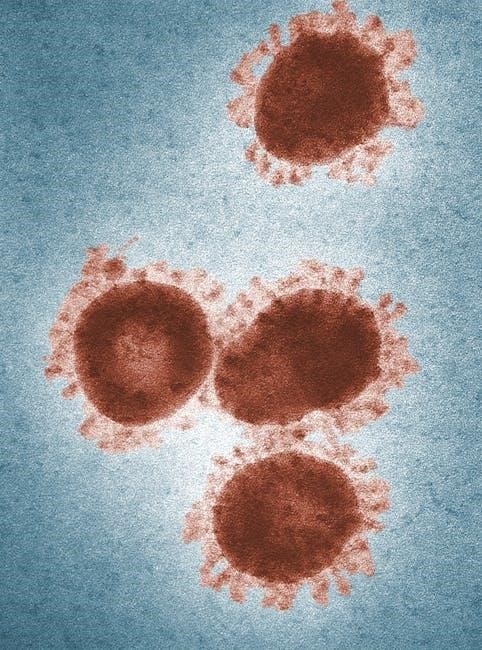
2.1 Four Types of Biological Macromolecules
The four primary biological macromolecules are carbohydrates, proteins, lipids, and nucleic acids. Carbohydrates, such as sugars and starches, serve as energy sources. Proteins are complex molecules built from amino acids, performing diverse functions like enzyme catalysis and structural support. Lipids, including fats and oils, are energy-rich molecules and vital for cell membrane structure. Nucleic acids, specifically DNA and RNA, store and transmit genetic information. Each macromolecule is constructed from smaller monomers, which link through dehydration synthesis, forming the foundation of life’s biochemical processes.
2.2 Functional Groups and Their Importance
Functional groups are specific clusters of atoms that determine a molecule’s chemical properties and reactions. Key examples include the hydroxyl (-OH), amino (-NH2), carbonyl (C=O), and carboxyl (-COOH) groups. These groups play critical roles in biological processes. For instance, hydroxyl groups are essential for the solubility of molecules like sugars and alcohols. Amino groups are fundamental in amino acids, the building blocks of proteins. Carbonyl groups are central to energy storage and release, as seen in carbohydrates and fats. Carboxyl groups contribute to the acidity of molecules like fatty acids. Understanding functional groups is vital for grasping how macromolecules form, interact, and participate in biochemical reactions, such as dehydration synthesis and hydrolysis.
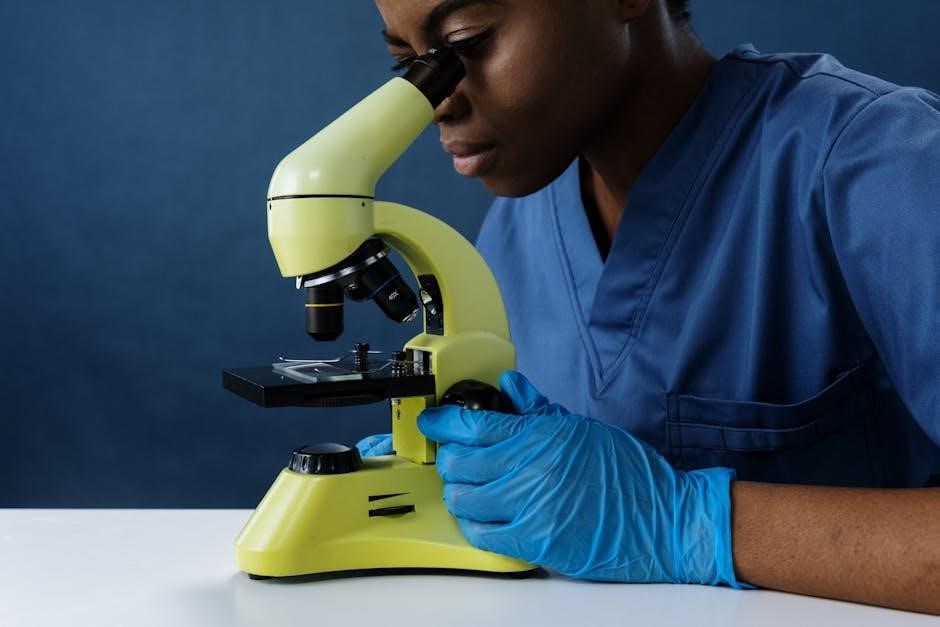
Cell Structure and Function
Cells are the basic structural and functional units of life, organized into specialized organelles that perform essential functions like metabolism, reproduction, and maintaining homeostasis.
3.1 Cell Organelles and Their Roles
Cell organelles are specialized structures within cells, each performing unique functions. The nucleus houses DNA, controlling genetic activities, while mitochondria generate energy through cellular respiration. The endoplasmic reticulum synthesizes proteins and lipids, and the Golgi apparatus modifies and transports them. Ribosomes produce proteins, essential for cellular processes. Lysosomes contain digestive enzymes, breaking down waste and foreign substances. The cytoskeleton provides structural support and aids in cell movement. Chloroplasts, found in plants, conduct photosynthesis, producing oxygen and glucose. Each organelle’s role contributes to the cell’s overall function, ensuring survival and proper cellular operations. Understanding these components is vital for grasping cellular biology and its intricate mechanisms.
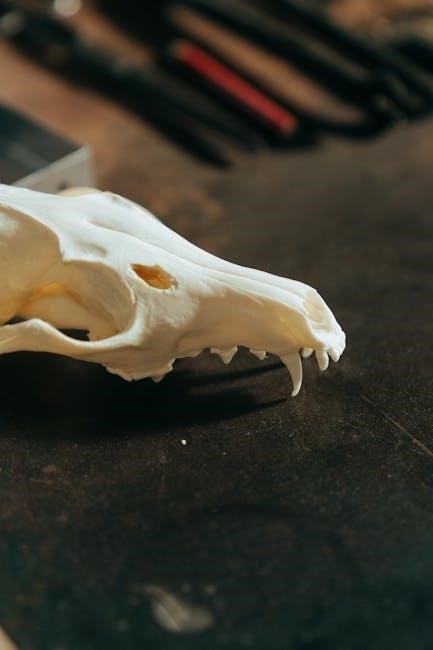
3.2 Transport Mechanisms in Cells
Cells use various transport mechanisms to move materials across membranes. Passive transport, requiring no energy, includes diffusion (movement from high to low concentration), osmosis (water diffusion), and facilitated diffusion (via transport proteins). Active transport moves substances against concentration gradients, using energy from ATP, often involving pumps like the sodium-potassium pump. Vesicle transport, such as endocytosis and exocytosis, transfers larger molecules or particles. These mechanisms ensure proper nutrient uptake, waste removal, and maintenance of cellular environments. Understanding transport mechanisms is essential for grasping cellular function and homeostasis.

Cellular Energy
Cells generate energy through ATP, the primary energy currency. Photosynthesis converts light energy into chemical energy, while cellular respiration breaks down glucose to produce ATP, powering cellular activities.
4.1 Photosynthesis Process and Importance
Photosynthesis is the process by which plants, algae, and some bacteria convert light energy into chemical energy. It occurs in chloroplasts and involves two stages: the light-dependent reactions and the Calvin cycle. In the light-dependent reactions, light is absorbed by chlorophyll and other pigments in the thylakoid membrane, producing ATP and NADPH. The Calvin cycle uses these molecules to fix carbon dioxide into glucose, releasing oxygen as a byproduct. Photosynthesis is vital for life on Earth, providing oxygen for aerobic respiration and forming the base of food chains. It also regulates Earth’s climate by removing CO2 from the atmosphere, making it essential for maintaining ecological balance and supporting energy production in ecosystems.
4.2 Cellular Respiration Stages and Outcomes
Cellular respiration is a metabolic process that converts glucose into energy in the form of ATP. It occurs in three stages: glycolysis, the Krebs cycle, and the electron transport chain. Glycolysis breaks down glucose into pyruvate, producing a small amount of ATP and NADH. The Krebs cycle further oxidizes pyruvate, generating more ATP, NADH, and FADH2. The electron transport chain uses these molecules to produce a large amount of ATP through oxidative phosphorylation. The outcomes include the release of carbon dioxide and water as byproducts. Cellular respiration is essential for providing energy to cells, supporting life processes, and maintaining cellular function. It is a critical biological process for sustaining life in aerobic organisms.
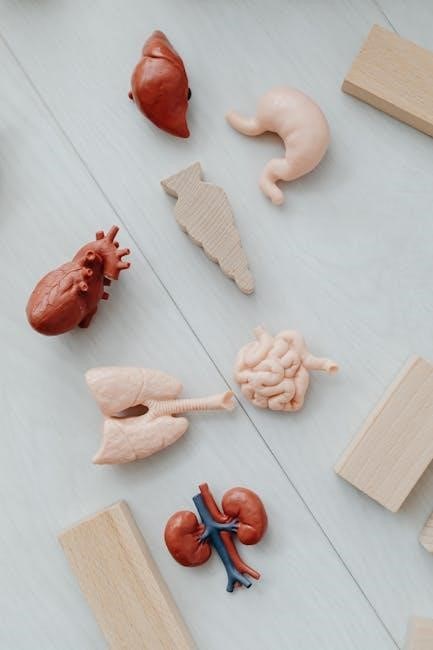
Genetics Fundamentals
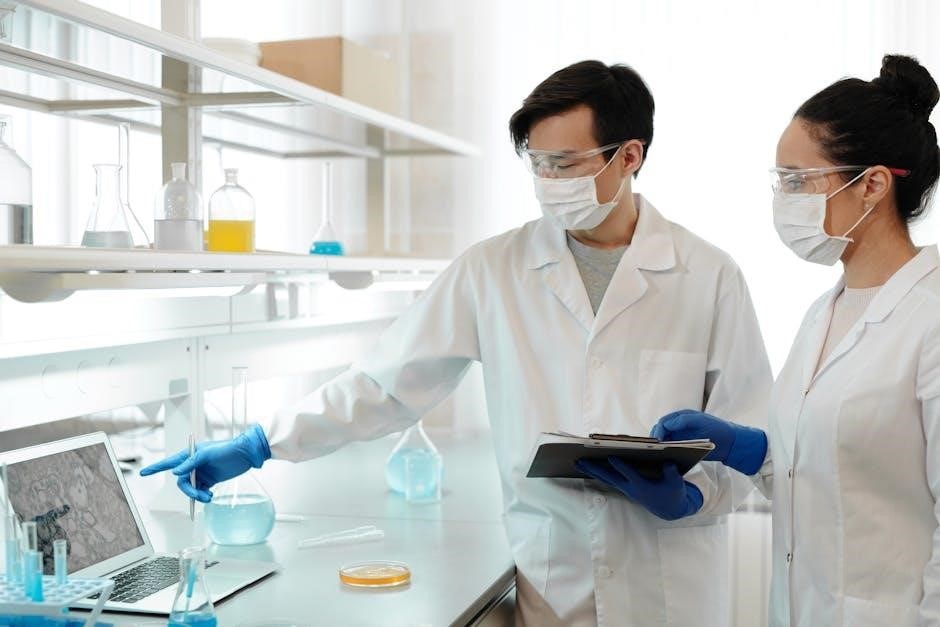
Genetics explores heredity and variation in organisms through the study of genes, DNA, and their roles in inheritance and traits, forming the basis of life and evolution.
5.1 DNA Structure and Replication
DNA’s double-helix structure consists of nucleotides containing sugar, phosphate, and nitrogenous bases. Replication involves unwinding by helicase, with primase adding primers and DNA polymerase synthesizing strands, ensuring genetic continuity.
5;2 Gene Expression and Protein Synthesis
Gene expression involves the translation of genetic information into proteins. It begins with transcription, where RNA polymerase synthesizes mRNA from DNA. During translation, ribosomes read mRNA codons, and tRNA molecules deliver corresponding amino acids. This process builds polypeptide chains, which fold into functional proteins; Post-translational modifications, like phosphorylation or glycosylation, further refine protein function. Gene expression regulates cellular activities, enabling cells to produce enzymes, structural proteins, and signaling molecules essential for growth, repair, and response to stimuli. This process is critical for maintaining cellular function and overall organismal health.

Ecology and Environment
Ecology studies interactions between organisms and their environment, focusing on biotic and abiotic factors, ecosystems, energy flow, nutrient cycles, and biodiversity conservation.
6.1 Biotic and Abiotic Factors in Ecosystems
Biotic factors are living components of an ecosystem, such as plants, animals, fungi, and microorganisms. Abiotic factors are non-living elements, including water, air, sunlight, temperature, and minerals. Both play crucial roles in shaping ecosystems. Biotic factors interact through processes like predation, competition, and symbiosis, while abiotic factors influence climate, habitat availability, and nutrient cycles. For example, sunlight drives photosynthesis, and temperature affects metabolic rates. Changes in either type can disrupt ecosystem balance, leading to shifts in biodiversity and ecological function. Understanding these interactions is essential for studying how ecosystems operate and respond to environmental changes.
6.2 Energy Flow and Nutrient Cycles
Energy flows through ecosystems via food chains and webs, with producers like plants capturing sunlight through photosynthesis. Consumers obtain energy by eating other organisms, and decomposers recycle nutrients. Energy transfer is unidirectional and inefficient, with only 10% passing to the next trophic level. Nutrient cycles, such as carbon, nitrogen, and phosphorus, sustain life by recycling essential elements. These cycles connect biotic and abiotic components, maintaining ecological balance. Human activities often disrupt these cycles, causing imbalances like nitrogen depletion or carbon buildup, which can harm ecosystems. Understanding energy flow and nutrient cycling is critical for managing environmental resources and preserving biodiversity.
